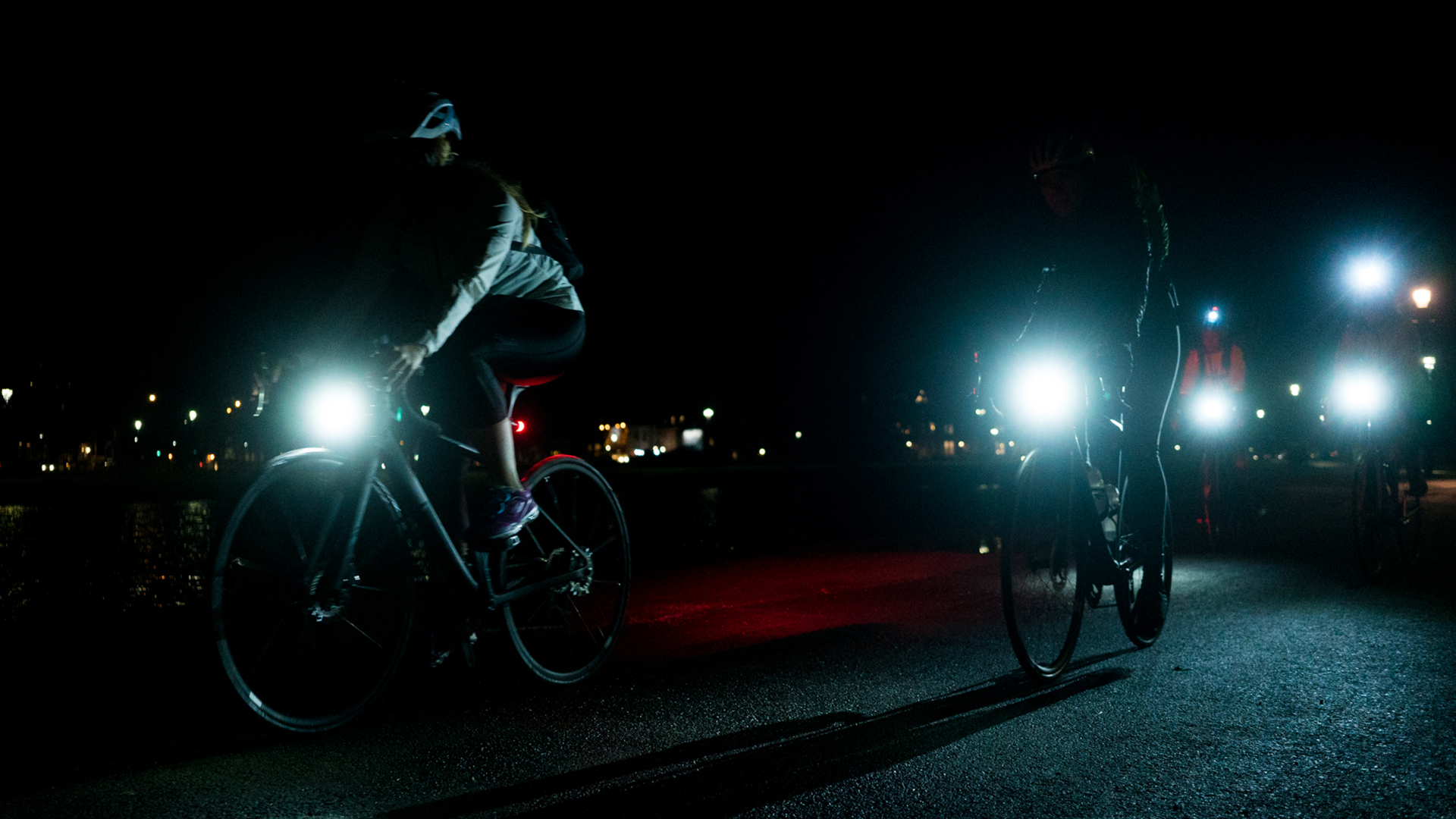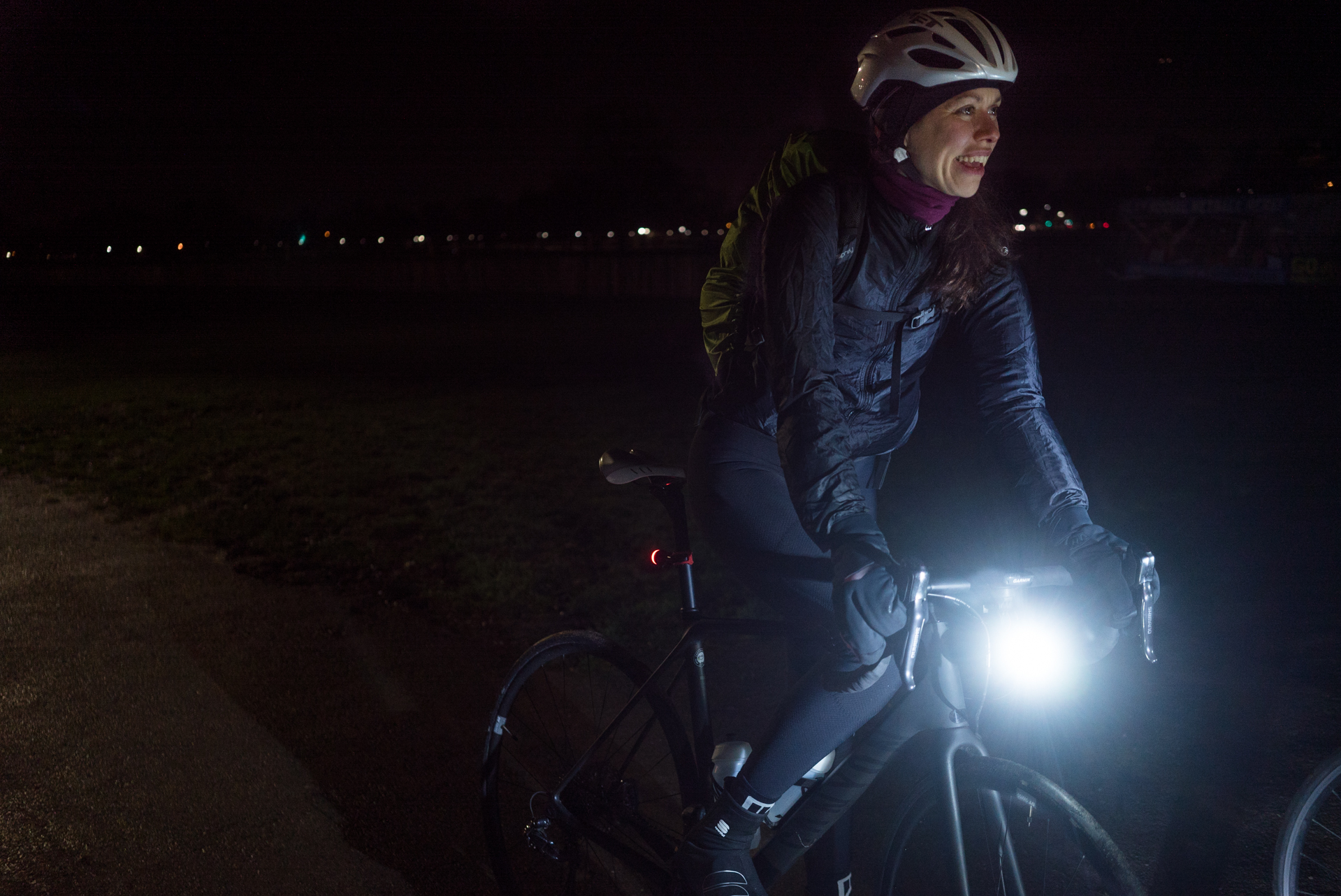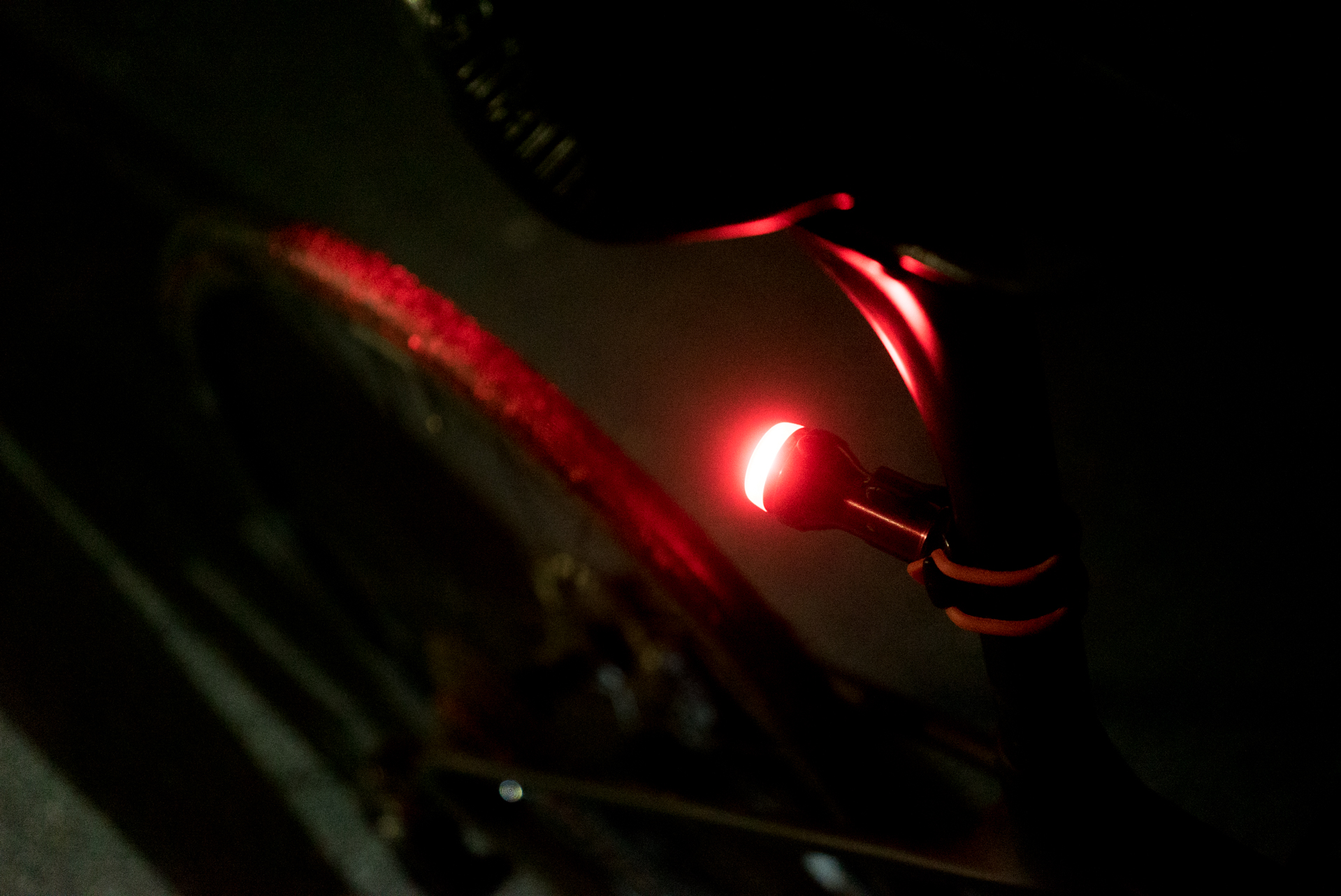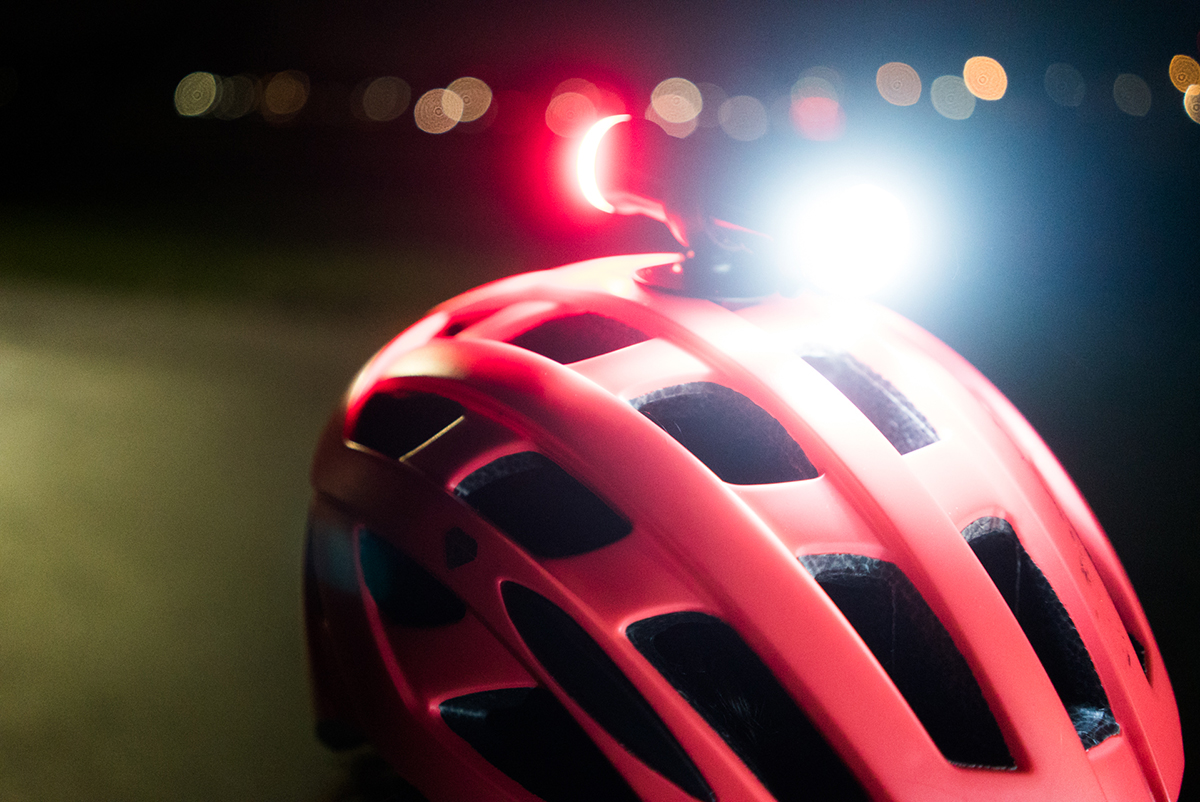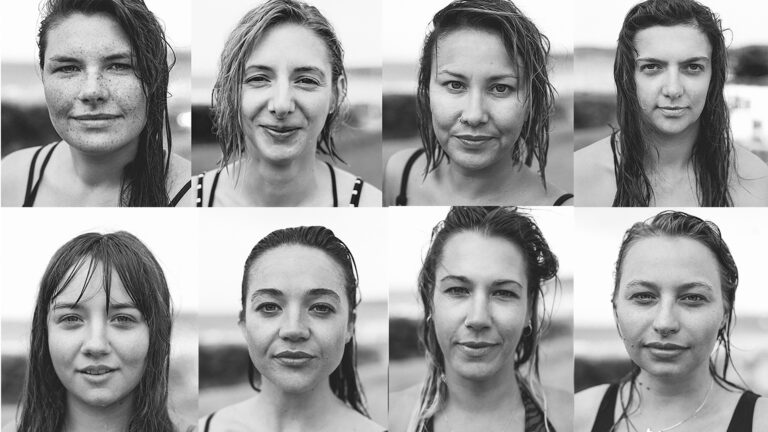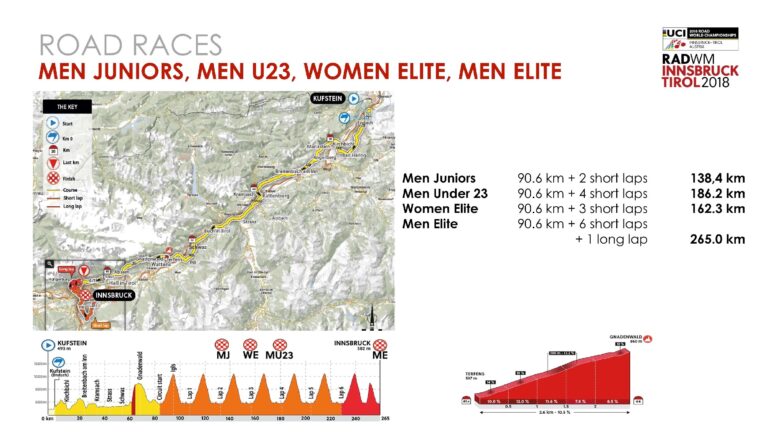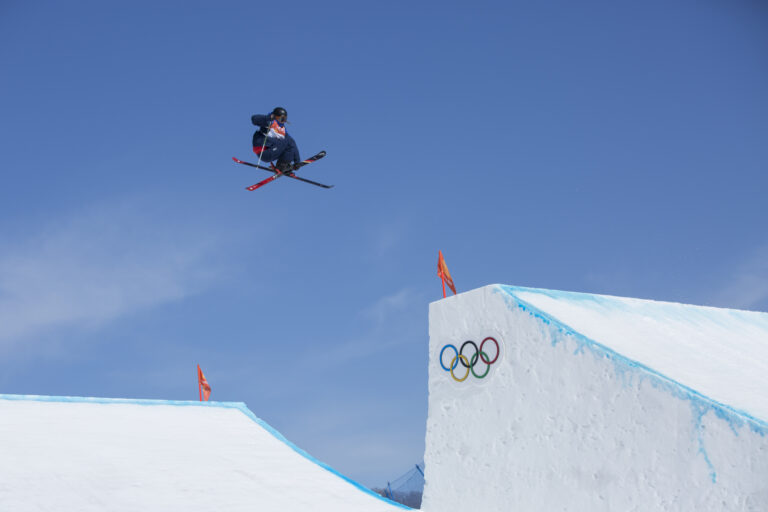Why should you go night riding? Is it easy to go riding after dark? There’s nothing that should stop you from carrying on with your ride when the sun sets, as long as you have all the right information. It doesn’t matter whether you’re a road cyclist or prefer the trails, there are some universal tips that everyone should know before they hit the road under the cover of darkness.
We recently teamed up to compete in Red Bull Timelaps, a 25 hour race that keeps you riding throughout the night to try and prove you have the stamina and speed, no matter what the conditions. Riding through from one day’s sundown to the next sunrise gave us the bug for night riding and training when the sun has set. After all, we’d all rather be outside than on a static bike, staring at the same wall!
To make your night riding as simple and enjoyable as possible, we’ve put together our ultimate guide to starlight cycling. From tools to biking buddies, here’s everything you need to know about night riding.

